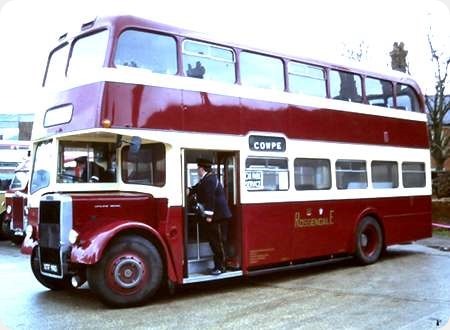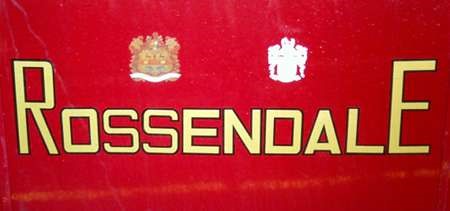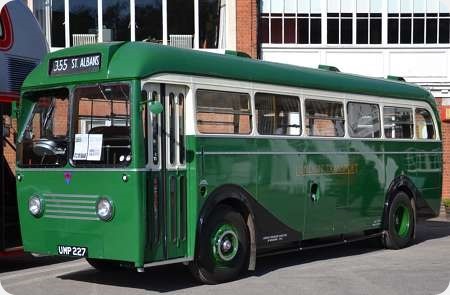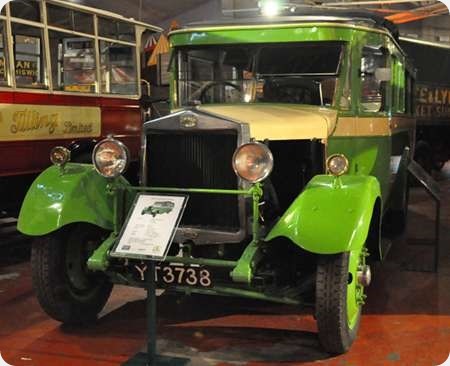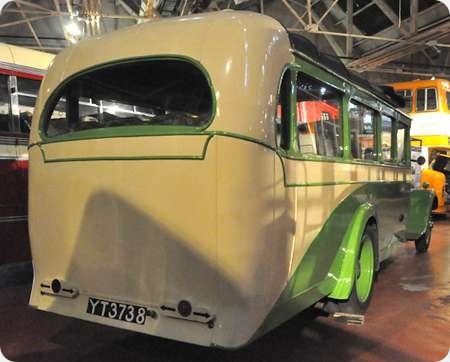Rossendale Transport – Leyland Titan – XTF 98D – 45
Rossendale Transport
1966
Leyland Titan PD3/4
East Lancs H41/32F
XTF 98D is a Leyland Titan PD3/4 with East Lancs H73F body, new to Haslingden Corporation in September 1966. Two years later, Haslingden and Rawtenstall combined their fleets to form Rossendale Transport, in which guise we see it here. It is taking part in the King Alfred running day in Winchester on 1 January 2006. It is behind the Bus Station.
Here is a closer shot of the fleetname.
Photograph and Copy contributed by Pete Davies
12/02/17 – 09:11
Think the vehicle is now in Oxford area working for an operator.
Roger Burdett
13/02/17 – 07:05
Thanks, Roger. I think that, when I took the photos, she was with Quantock.
Pete Davies
13/02/17 – 15:07
XTF 98D was last known with The School Bus Company (Oxford) Ltd of Kingston Bagpuize.
John Wakefield
16/02/17 – 16:01
Kingston Bagpuize … now how is THAT pronounced? The "Kingston Bag-" part is (I hope!) straightforward, but after that? When I first saw it (on a map or a road sign), I had an attack of franglais and rhymed it with squeeze, but I think I’ve heard it rhymed with views.
It would, of course, be delightful if the word is actually pronounced like … a certain saggy old cloth cat?
Graham Woods
17/02/17 – 06:23
Graham, according to Wikipedia (not always reliable) the pronunciation of (Kingston) Bagpuize is "bag-pews" – but I didn’t know either until your question prompted me to look it up just now!
Stephen Ford
17/02/17 – 06:26
Graham: I live only 5 miles from Kingston Bagpuize, and although jokey versions such as "bagpipes" are sometimes heard, the current pronunciation is as you’ve heard it—to rhyme with "views".
It seems that Ralph de Bachepuze came over from Bacquepuis (pronounced roughly "back-pwee") in Normandy to settle in north Berkshire, so your attack of franglais was quite in order.
Southmoor, adjoining Kingston, is fortunate enough to have the half-hourly 66 Swindon-to-Oxford service, but other nearby villages—Appleton, Fifield, Hinton Waldrist, Longworth and so on—have recently lost their bus service altogether and are therefore playing their patriotic part (at least according to George Osborne’s strange logic) in reducing the "drain" on public finances which decent public transport is said to represent.
Ian Thompson
17/02/17 – 06:27
Bagpuss, I believe.
Chris Hebbron
18/02/17 – 06:53
Thanks, Stephen and Ian, and yes, Chris, that is the cat that I had in mind.
Graham Woods
25/01/19 – 07:06
I used to drive XTF 98D on weddings etc. for Nostalgia Travel (Oxford). A very fine looking vehicle. NT sorted some issues with its injectors and made it run well – but, unfortunately, they had to re-trim the downstairs seats with PVC to replace the worn blue leather covers. Also, they removed the Rossendale name from its sides.
Compared to NT’s Gardner engined Bristol FLF, the Leyland Titan cab was much noisier. Its Leyland O.600 sounded well enough at idle but, crikey, what an ear-bending racket when accelerating up to its 38MPH maximum!
The scales tipped back firmly into the Titan’s favour when considering the two gearboxes, however.
Ade B
13/08/22 – 05:34
This bus passed me on the A4074 near Benson, Oxon today (12/8/22). Looked like it was on hire – for a wedding?
Alan Brampton
Quick links to the - Comments Page - Contact Page - Home Page
